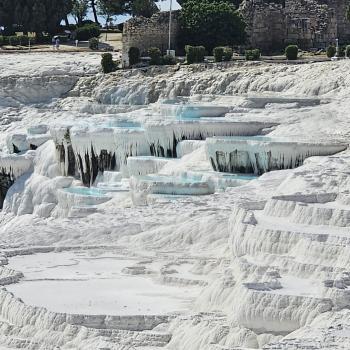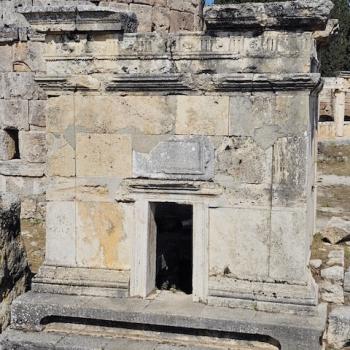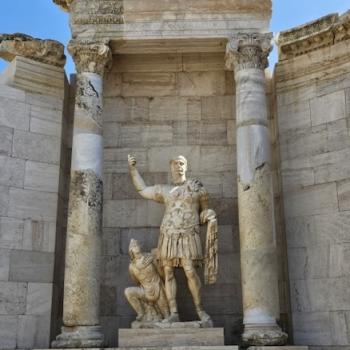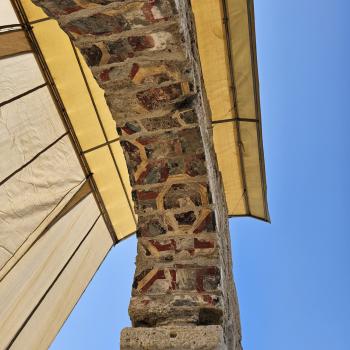When we begin to think of how exactly 20 circles with monoliths weighing tons could have been put in place by ancients in 10,000 B.C. and then we have a hard look at some of the columns themselves and see what artisans these stone masons were, carving recognizable figures of animals both in three D (way before 3 D glasses 🙂 and in simple relief, the mind begins to boggle. We are not talking here about stick figures painted on the walls of caves here. We are talking about sophisticated and interesting representations of animals, and precision carving of tops and sides of columns as well, with figures even on the sides of some columns. Who were these people, and where did they gain their skills? Was there a hunter-gatherer school of the arts and architecture (just kidding)? In a dangerous world where human beings were struggling to survive, who had the time, the skill, and most of all the need or desire to create such structures— and why? Did they do this at night during their off hours? (Picture below courtesy of Nat Geo). Of course I am kidding. But Gobeckli Tepe raises far more questions than we have answers.
One of the real mysteries Klaus Schmidt has pondered is why do the later circles seem to reflect less care and skill? Did the skills erode over time? And why build more circles? Did the first ones loose their unction to function? Did the builders really bury each one in sand and move on to the next ones? The latter is Schmidt’s theory, and I find it an odd one. Why would they do that especially when the later circles do not seem noticeably different than the earlier ones. Schmidt also believes the circles depict human beings facing inwards to the center as if observing some ritual. Or are these T shaped monoliths really stylized humans? Why are the hands reaching down? Hands lifted up was a gesture of prayer, but pointing down are they meant to indicate that they are reaching down to pick up one of the animals for sacrifice?
Secular anthropologists have long argued that religion shows up after civilization, meant to help people solve the problems that human society or climate change or other things cause. The really revolutionary thing about Schmidt’s interpretation is that he argues the converse— it appears that organized religion came before the rise of agriculture and other aspects of civilization. The human urge for sacred rituals, indeed for the divine seems to be right there from the very beginning of civilization.  From a Biblical point of view we are hardly surprised by any of this. The Bible informs us we were all created in God’s image and meant for relationship with God. Civilization was not spawned in response to climate change and the like. It was the offshoot of religion. The reason the ancients at Gobeckli took all the time and effort to build these remarkable structures with such care and artistic flair is that they cared deeply about things supernatural. Religion was a priority, indeed the number one priority and sacrifices had to be made in order to offer proper sacrifices to the gods. They knew instinctively that if the gods were not happy, no one could be happy, or healthy, or well. In our final post in this short series we will talk about what it means to be created in the image of God.
From a Biblical point of view we are hardly surprised by any of this. The Bible informs us we were all created in God’s image and meant for relationship with God. Civilization was not spawned in response to climate change and the like. It was the offshoot of religion. The reason the ancients at Gobeckli took all the time and effort to build these remarkable structures with such care and artistic flair is that they cared deeply about things supernatural. Religion was a priority, indeed the number one priority and sacrifices had to be made in order to offer proper sacrifices to the gods. They knew instinctively that if the gods were not happy, no one could be happy, or healthy, or well. In our final post in this short series we will talk about what it means to be created in the image of God.













